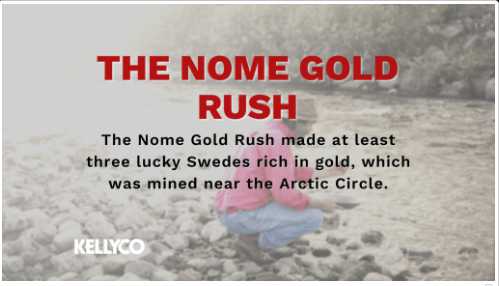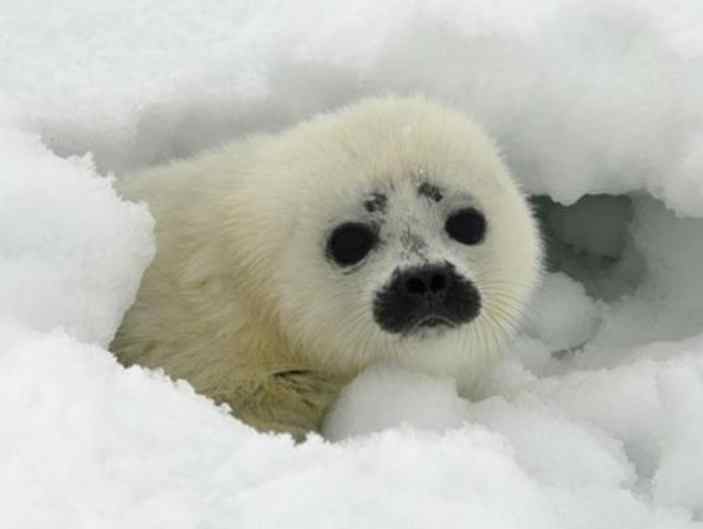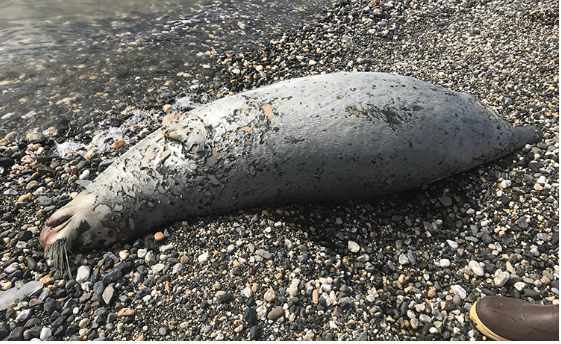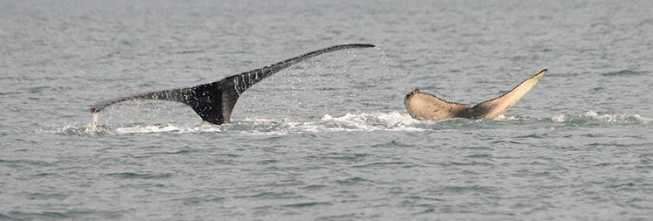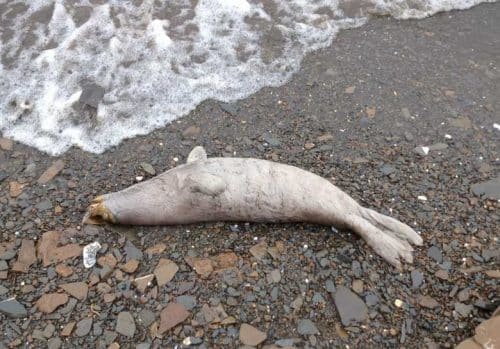This male walrus calf was one of two that washed up dead on the beaches of Nome. Photo by Nils Hahn
It’s been a busy couple of months for members of the Alaska Marine Mammal Stranding Network, including Alaska Sea Grant’s Gay Sheffield, as they respond to multiple reports of dead ice seals along the coast of the Bering and Chukchi Seas.
NOAA Fisheries reported in mid-June that at least 60 seals have recently washed up dead along beaches in northern and western Alaska.
Scientists are unsure why the seals died. Some of the carcasses were found to have missing hair. Necropsies and further testing are being conducted to help determine the cause of death.
Sheffield has been responding to multiple reports involving both live and dead seals and walrus calves hauled out on shore. (Read more in this Nome Nugget story).
The region is experiencing unprecedented sea ice loss with ocean surface temperatures more than 9°F above the 1981–2010 average, according to Rick Thoman, a meteorologist with the Alaska Center for Climate Assessment and Policy at the University of Alaska Fairbanks. The receding sea ice is contributing to more frequent marine mammal strandings.
“Normally these seal pups would be on the ice. But with the unprecedented open water conditions throughout the Bering Strait region, the seals are coming to the beach,” Sheffield said.
Marine mammals are a key source for nutrition and culture for the region’s Alaska Native population. The recent deaths come on the heels of an unusual mortality event from 2011–2016 involving ice seals and walruses in the Bering and Chukchi seas.
Source: Alaska Sea Grant
[content id=”79272″]

